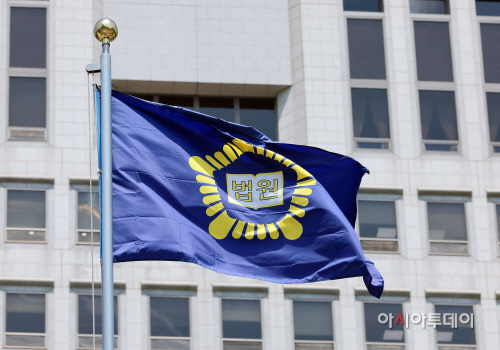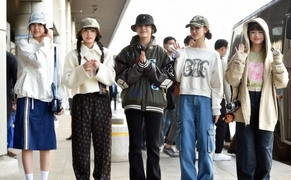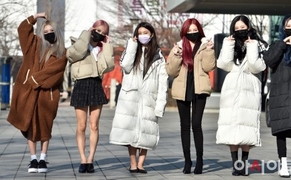 |
| /Photographed by Park Sung-il |
AsiaToday reporter Kim Im-soo
The top court on Thursday ruled against the peak wage system, which gradually cuts the salaries of senior workers before retirement. It is the first ruling that the system is an illegal discrimination against workers on the basis of age and is expected to hit many domestic companies that have implemented the system.
The first division of the Supreme Court ruled in favor of a former research institute worker, who had filed a lawsuit to demand reimbursement of his low wages before retirement.
The plaintiff claimed that the peak wage system applied to him, which reduced the wages of workers over the age of 55 while maintaining the retirement age at 61, violated a clause of the Act on Prohibition of Age Discrimination in Employment and Aged Employment Promotion.
The plaintiff argued that despite the performance of employees aged 55 or older being higher than those aged between 51 and 54, the salaries of the older employees were cut.
Both district and appellate courts have ruled in favor of the plaintiff, saying the peak wage system is invalid due to its violation of the elderly employment law. The court pointed out that it was difficult to justify the wage reduction measures for employees that are 55 years old or older for the purpose of improving business performance.
“Even though the plaintiff suffered a sudden drop in his wages due to the peak wage system, appropriate measures were not taken, and it is difficult to say that there was a difference in the level of goals given to the plaintiff or the contents of the work before and after the introduction of the peak wage system,” the court said.
The latest ruling is different from the case of Daekyo that was finalized in 2017. The case was finalized after the Supreme Court ruled that the appeal was dismissed. Daegyo had implemented the peak wage system without the consent of the union, and the wage reduction rate was at between 30 and 50 percent, similar to that of the employees who did not provide work due to waiting orders.
However, as the top court presented specific standards for the first time regarding the peak wage system, negotiations and discussion between labor and management are expected to be inevitable at workplaces that have already implemented the peak wage system.
The top court noted that the validity of the peak wage system practiced in other companies might be legal depending on the purpose of adopting the system, the justification, the necessity and other factors, such as the actual level of the wage cut and the level of work.
The peak wage system, which was introduced to prevent olde workers nearing retirement age from losing their jobs abruptly while creating jobs for young people, has rapidly expanded from the public sector to general companies in the 2000s.
#Supreme Court #peak wage systems
Copyright by Asiatoday
Most Read
-
1
-
2
-
3
-
4
-
5
-
6
-
7





















